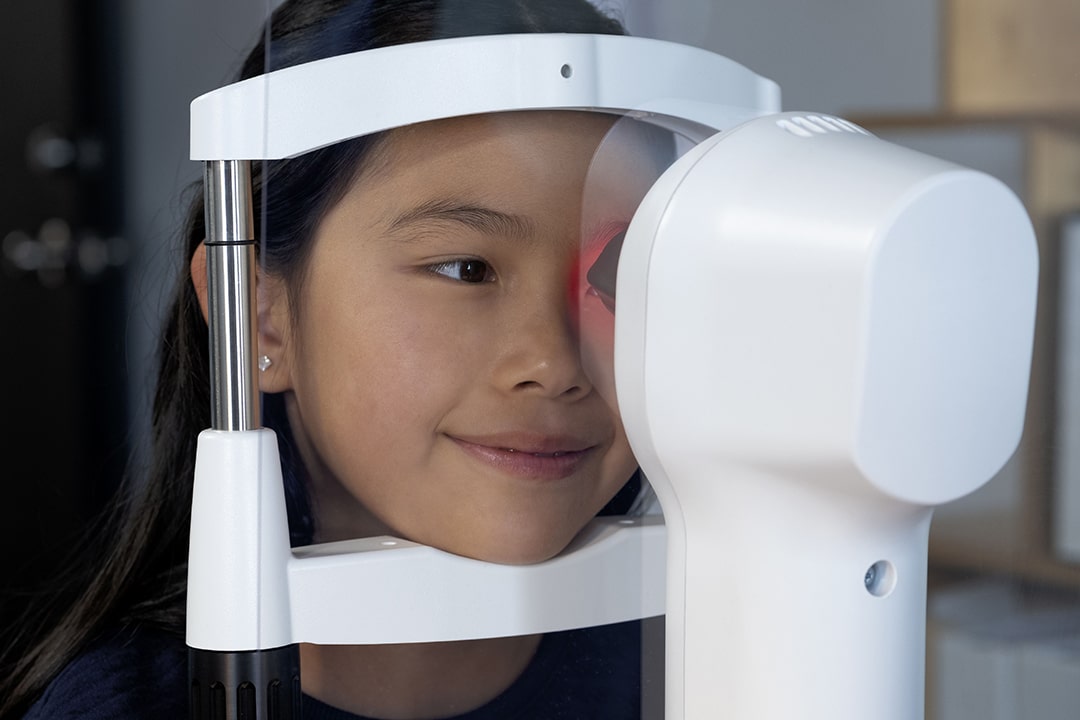2022: O.D.s Share Their Vision for the Future

Another year spent carefully navigating the changing eye health landscape has ended. Staring down 2022, we look optimistically towards our future as eye health professionals. Collectively the constant pivots have taught patience, resilience, tenacity, and hope.
Eyes on Eyecare recently published the 2021 Optometrist Report, a comprehensive survey of over 700 U.S.-based practitioners, business owners, and students to understand the current state and future of eye care. One of the most noteworthy takeaways is the areas respondents believe are the most significant opportunities for growth for their practices – dry eye treatment and management (27%) and myopia treatment and management (31.1%). This presents an opportunity for O.D.s to assess their current tech to determine if there are new tools to set their practice apart from the competition.

Envision a Tech-Filled Future
We spoke directly with two O.D.s who have their finger on the pulse of current eye health practices and have their eyes on the trends shaping the industry’s future. First, Dr. Eric To, O.D., FSLS, of Lumen Optometric, weighed in on his thoughts for the upcoming year.
“I hope that in 2022 we’ll continue to see a growing trend of investment into technology that can really affect change in a patient’s life. Tech such as meibography, full-scan topography, and high-resolution anterior segment captures can lead the way in terms of patient diagnosis, treatment, and patient education.”
Dr. Aaron Wolf, O.D., of Austin Optometry Group, also shared his opinions, giving much thought to the impact of the global myopia epidemic.
“I believe we will see more acceptance of the global myopia progression epidemic amongst the ophthalmology community. Optometry has been leading the charge in North America in the fight against myopia for years. Still, with the advancements in research, treatments, and on-label FDA-approved contact lenses, ophthalmologists should become significantly more involved in the following year.
There’s an emerging trend in genetic testing for eye diseases, including keratoconus and macular degeneration. I expect that we will see further expansion of genetic testing into the fields of glaucoma and dry eye.
O.D.s face a lot of challenges regarding unfair insurance reimbursements, outside mandates on lens labs and retail products, as well as a struggle to provide an exceptional patient experience by exceeding patients’ expectations. I think these challenges could be largely eliminated by dropping vision care plans that only frustrate our staff and us. Instead, focus our practices on our clinical passions instead of filling up a daily schedule or obtaining an arbitrary capture rate. Then, when we practice what we’re passionate about and break away from the things we aren’t, we reward our patients and staff with an environment of excellence. And as doctors, we deserve that exceptional experience too.”

Focus on the People in Front of the Tech
Both Dr. To and Dr. Wolf speak to the “why” behind emphasizing technology – the patient experience. Growing your practice may start with having the right technology, but if you aren’t using it to educate your patients on their diagnosis, treatment, and management, you may lose your connection to them.
At Medmont, we look forward to the new year, which focuses on enabling O.D.s to have clarity in their approaches, convenience in workflows, and confidence in decisions. We would love to know what you believe are the biggest challenges and opportunities that the new year brings. Please share this post on LinkedIn or Facebook and let us know your vision. And if that vision includes upgrading your current corneal topographer, click the “Request More Information” button below.
